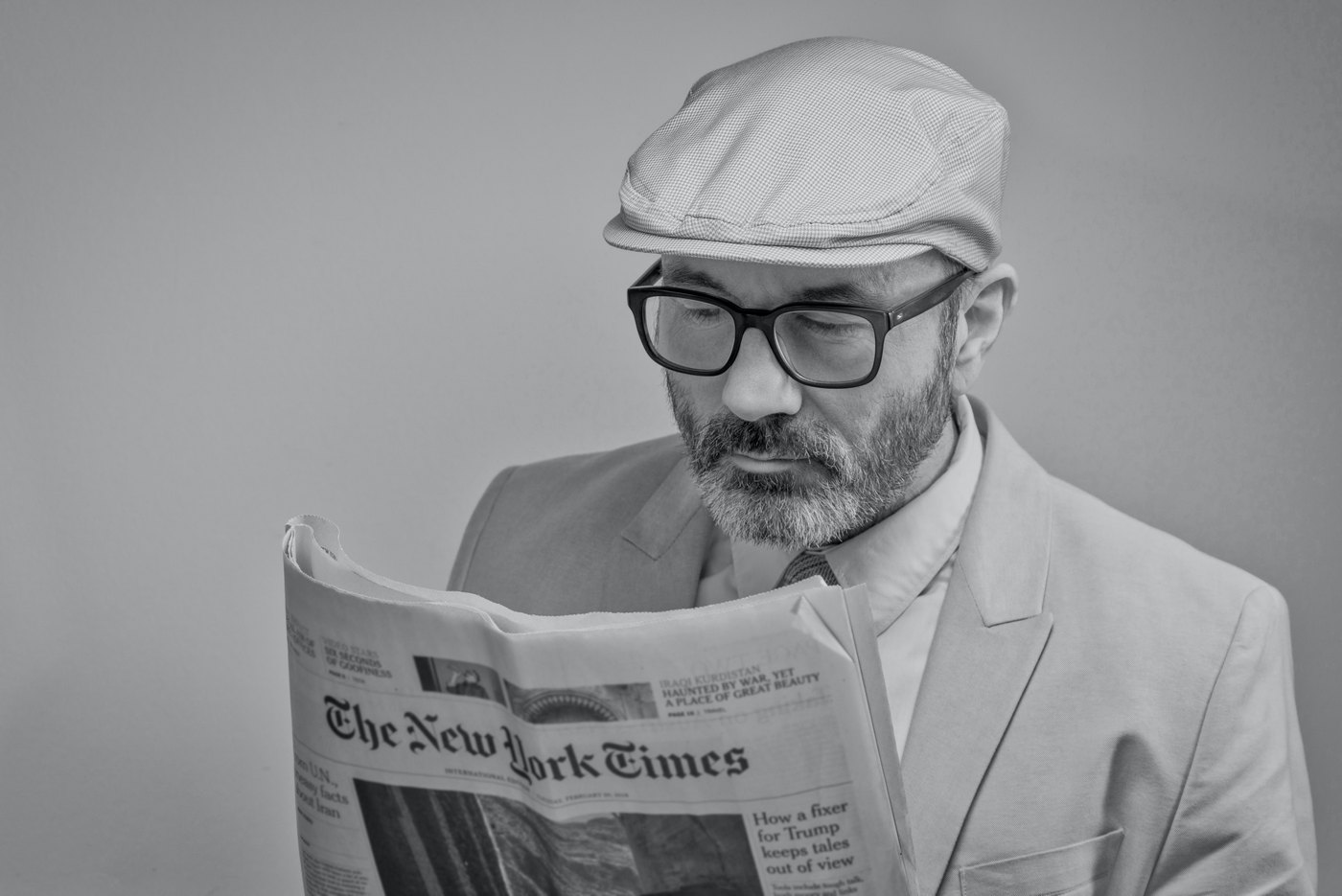The audience is a subject of a mass information process, a set of individuals who perceive the information addressed to them, are able to generate “new knowledge” in their environment and influence the information policy of the media.
The results of media activity in relation to the audience can take various forms: the emergence of new ideas, knowledge, aspirations, adjustment, addition, development of the already existing “knowledge baggage” of the audience, reassessment, refutation, displacement of old attitudes.
The audience, as an integral part of a functioning journalism system, is quite independent. The times when the newspaper was obliged to read through the party line are over. Now they become readers, spectators, listeners of their own free will. If a certain media body meets the information needs of an individual, he remains in the composition of his audience. Part of the audience is active in terms of feedback: they turn to the editorial office with advice, questions, for help.
There are several characteristics of a media audience.
First, there are primary and secondary audiences. The primary audience is the audience that receives information directly from the media. The primary audience broadcasts information received from the media for those who have not had direct contact with the media. This creates a secondary audience. On the basis of this gradation in the psychology of journalism, there is such a concept as a two-stage model of the persuasion process. It is assumed that in any society in any social group, along with the inert majority, there is a number of active, authoritative persons who determine the group consciousness, whose opinion is listened to. According to the two-stage model of persuasion, it is necessary to influence the consciousness of these leaders. They, by virtue of the prevailing socio-psychological role, will become carriers and repeaters of ideas received from the media. The origins of this theory lie in Western developments in the theory of advertising. It was later developed and its updated concept was called multi-stage information flow.

Empirically, it was found that the process of interpersonal communication is not confined to one group. “Influencers”, in turn, have other “influencers” and turn to them for information and advice. It is believed that the theory of multistage information flow works only during periods of significant social upheaval. In normal times, there is a direct link between the individual and the media, that is, the media exert influence on their consumers without intermediaries in the person of “opinion leaders”. It should be noted that the theory of a two-stage information flow is considered not only in the link “media – audience”, but also in the link “media – mass media”. The media have their own “opinion leaders”, authoritative high-quality publications and TV channels, which influence not only the public, but also their colleagues – journalists from less prestigious mass media, and politicians.
Secondly, they highlight the real, calculated and potential audience. The real audience is all those individuals who are consumers of a particular media body. The potential audience is those individuals who can enter the real audience after a series of activities by the editorial office: increasing circulation, distribution area, conducting massive advertising, introducing new topics and headings. Estimated audience – those strata and groups of the population for which the media body is designed, in which it is interested in seeing its consumers.

